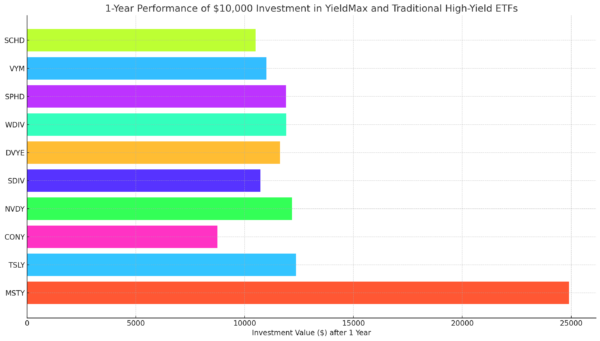Energy Transfer Dividend Safety: Can This 15.7% Yielder Afford Its Distribution?
Below, Investment U’s Income Expert, Marc Lichtenfeld, takes a look at Energy Transfer’s dividend safety.
Energy Transfer (NYSE: ET) is a favorite of income-seeking investors due to the stock’s strong distribution yield. (Energy Transfer is a master limited partnership, or MLP. MLPs pay distributions, not dividends.)
The company has 90,000 miles of pipelines and boasts that 30% of the United States’ oil and natural gas moves through those pipelines.
Now, thanks to the collapse in anything oil-related, the stock yields a whopping 15.7%. But can investors bank on continuing to receive the distribution?
Energy Transfer’s cash available for distribution (CAD), a measure of cash flow for MLPs, had been steadily rising, but it is expected to take a detour lower this year.
SafetyNet Pro does not like to see cash flow declining. It takes that offense very seriously and will penalize a company’s rating because if the slide continues, the company could see its distribution become unaffordable.
Energy Transfer Dividend Safety Rating
Energy Transfer also has a lot of debt. Its debt-to-EBITDA (earnings before interest, taxes, depreciation and amortization) ratio is 5.94. That’s a hefty debt load to support, especially if cash flow is declining.
On the positive side, the company’s payout ratio is low. Last year, it paid out just 39% of CAD in distributions. Due to the lower CAD expected this year, the payout ratio will likely climb to 59%, which is still an acceptable level.
Energy Transfer has a solid distribution-paying history. It has raised the distribution many times since it began paying one in 2006, although it doesn’t do so every year. The last raise was in 2017. It has never cut the distribution in its 15-year history of paying investors.
The two issues affecting Energy Transfer’s dividend safety rating are its declining cash flow and high debt level. The debt probably won’t be resolved anytime soon, but next year, if cash flow rebounds, so should Energy Transfer’s dividend safety rating.
I’m not expecting a cut. However, the company could reduce the distribution by half and it would still have a very attractive yield of nearly 8%. So if Energy Transfer did lower the distribution, it wouldn’t be a total shock.
As you can see, Energy Transfer’s dividend safety is moderate at the moment. Therefore, it’s important to keep a close eye on this company going forward.
For more dividend insights and trends, sign up for the Wealthy Retirement e-letter below. You can gain access to the income strategies and retirement secrets of our experts today.
About Marc Lichtenfeld
Marc Lichtenfeld is the Chief Income Strategist of Investment U’s publisher, The Oxford Club. He has more than three decades of experience in the market and a dedicated following of more than 500,000 investors.
After getting his start on the trading desk at Carlin Equities, he moved over to Avalon Research Group as a senior analyst. Over the years, Marc’s commentary has appeared in The Wall Street Journal, Barron’s and U.S. News & World Report, among other outlets. Prior to joining The Oxford Club, he was a senior columnist at Jim Cramer’s TheStreet. Today, he is a sought-after media guest who has appeared on CNBC, Fox Business and Yahoo Finance.
Marc shares his financial advice via The Oxford Club’s free daily e-letter called Wealthy Retirement and a monthly, income-focused newsletter called The Oxford Income Letter. He also runs four subscription-based trading services: Technical Pattern Profits, Penny Options Trader, Oxford Bond Advantage and Predictive Profits.
His first book, Get Rich with Dividends: A Proven System for Earning Double-Digit Returns, achieved bestseller status shortly after its release in 2012, and the second edition was named the 2018 Book of the Year by the Institute for Financial Literacy. It has been published in four languages. In early 2018, Marc released his second book, You Don’t Have to Drive an Uber in Retirement: How to Maintain Your Lifestyle without Getting a Job or Cutting Corners, which hit No. 1 on Amazon’s bestseller list. It was named the 2019 Book of the Year by the Institute for Financial Literacy.








